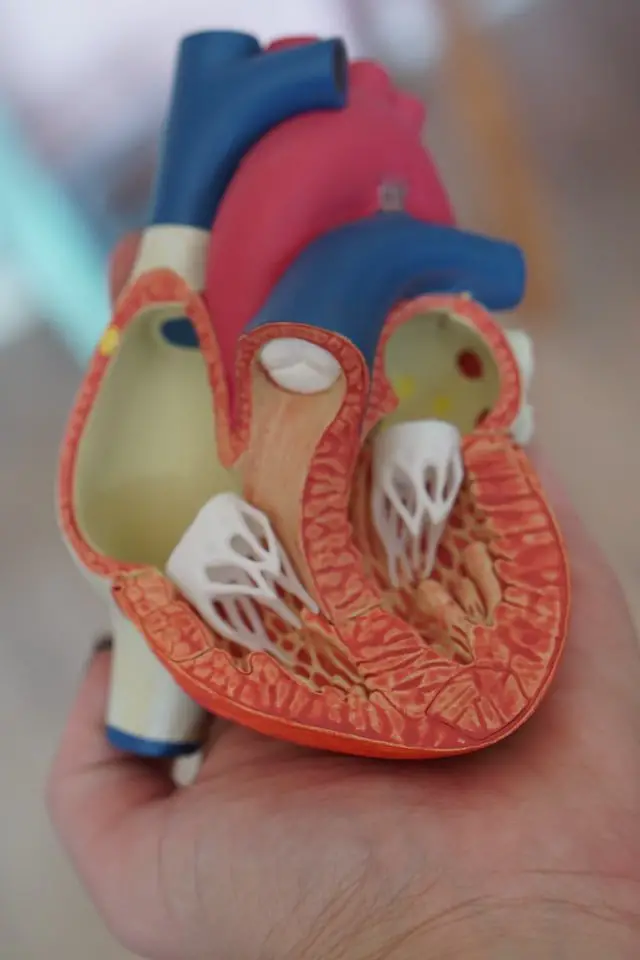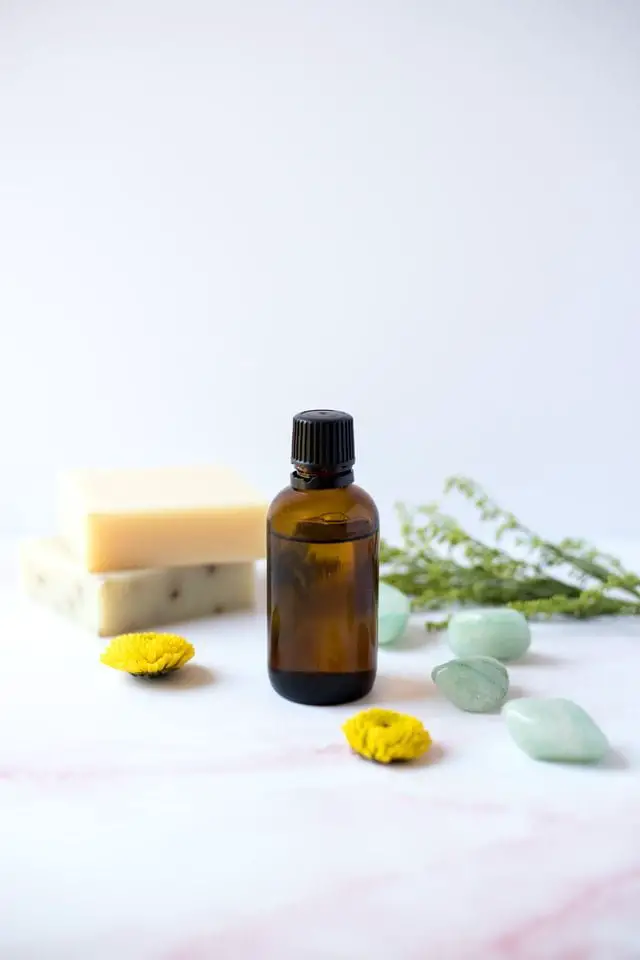How many massages can we perform before giving mouth-to-mouth resuscitation? It is called CPR, the set of techniques must be applied in order that the vital organs have the necessary oxygenation at the moment in which the blood circulation of a person is compromised.
CPR, or cardiopulmonary resuscitation, will allow us to correct the person’s circulation regardless of the reason for their cardiorespiratory involvement.
To understand how many massages we can perform mouth-to-mouth resuscitation, it is necessary to correctly understand the CPR process. For this reason, we are going to carry out a brief review of each of these maneuvers, examining the steps that we must go through to correctly apply CPR when necessary.
What is CPR for?
Cardiopulmonary respiration (CPR) has been designed to treat cardiorespiratory arrest (CPR), which will require two main maneuvers for its correct application: cardiac massage, which is performed in order to pump the blood, and mouth breathing by mouth, which is used to provide oxygen to the person affected by CRP.
A cardiorespiratory arrest is the spontaneous interruption of breathing and blood circulation, which consequently compromises the flow of oxygen to the organs. The first and most affected is the brain, which, after 6 minutes without obtaining oxygen, can die irreparably.
For this reason, it is essential that CPR be applied efficiently and in the shortest time, so that it is possible to revive the flow of oxygen to the victim’s organs. It is important to understand that the CPR will be in charge of temporarily sustaining the circulation and breathing of the person until the health personnel can apply the proper procedure.
Heart massage
Cardiac massages, or also chest compressions, are maneuvers applied in the center of the person’s chest to generate compression in his chest. This compression should cause the chest to descend a certain distance, a distance that will depend on the age of the patient specifically. There are three main references:
CPR for infants or less than one year: A maximum depth of 3 centimeters should be applied to the sternum.
CPR for children up to eight years: A compression that reduces the sternum between 3 and 4 centimeters should be applied.
CPR for adults: The compression applied to the chest should cause the sternum to descend a maximum of 6 centimeters.
How many massages are applied before mouth-to-mouth resuscitation?
30 compressions should be performed, that is, 30 massages to then apply mouth-to-mouth respiration. The compression must be done on a plane, so that it is possible to redistribute the blood towards the body. In turn, it is necessary that the chest area is clear of clothing or any object in between.
Every effort should be made to locate the lower third point adjacent to the sternum, which connects the chest to the ribs. The heel of the first hand should be placed on that third, and then the second hand should be placed on top, using the fingers to interlace them.
The upper hand will be used to apply traction to the fingers of the lower hand, for better support on the curtain.
The lower hand will be the only one that will apply pressure to the sternum area. There should be nothing other than the lower hand applying pressure to that area. After each compression, the sternum should be allowed to return to its initial height, but without separating the hands from it at any time.
While applying CPR, the arms should be extended, always maintaining this posture, with the elbows and shoulders locked. To apply force, it must be applied using the torso and not the arms.
A very fast or slow rhythm should not be sought, seeking a chance for full compression and relaxation. The rate can range from 80 to 120 compressions per minute.
While the person performs the compression, it is recommended that he pronounce the number of compressions that he takes: To the first, “one”, to the second “two”, and so on until reaching the number 30. When he reaches this amount, he will proceed to perform mouth-to-mouth resuscitation, a process that will be explained below.
Mouth-to-mouth breathing: Artificial ventilation
When circulation is compromised, the heart, as well as the brain, does not receive the oxygen they need to operate properly. As we already know, brain damage can appear in less than 5 minutes, which progressively decreases the chances of survival as the victim does not receive the necessary assistance.
This is where artificial ventilation, also called mouth-to-mouth respiration, can be very helpful in oxygenating the blood. Since this will delay the damage that the brain may suffer, increasing the chances of survival of the person.
To achieve this, artificial ventilation is based on bringing air into the lungs of the affected person. For this, air will be blown through your mouth with the mouth of the person assisting you. The insufflation of air is similar to the air that the person breathes, since it has between 15 and 16% of oxygen.
Insufflation must be done carefully, since a fraction of the air taken to the lungs will also reach the stomach, which will cause it to be forced out of the person’s gastric acid. This could choke the used airway and thus further compromise your health.
For this reason, the air supply must be administered carefully, preventing the stomach from becoming inflated. In the event that inflammation is observed, it will be necessary to give it the necessary time to deflate and thus prevent the release of gastric acids.
A careful application
CPR, despite being a technique that can be applied by an ordinary person without knowledge of medicine, must be properly instructed. This will allow you to assess the appropriate times and, in the same way, the way in which this service should be provided to those who need it in an emergency situation.
Other resources from our blogs with related topics: What is cpr
Read also:How many sessions of reductive massages will show results?; When to do reductive massages ? ; What are decontracting massages?



